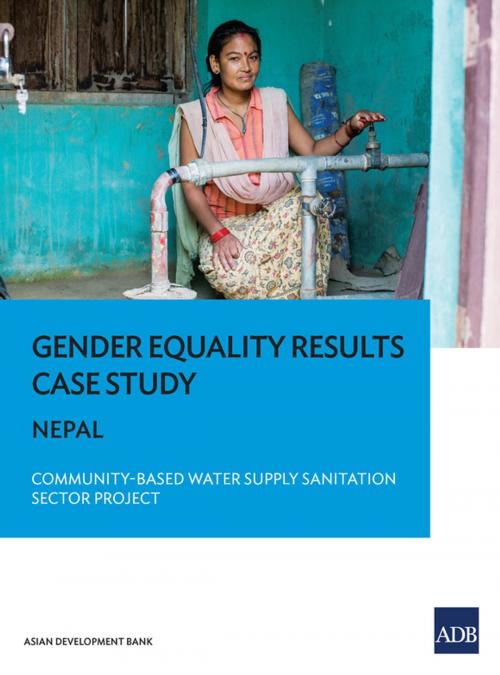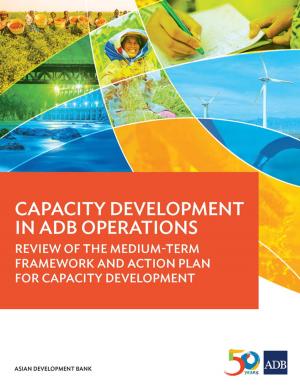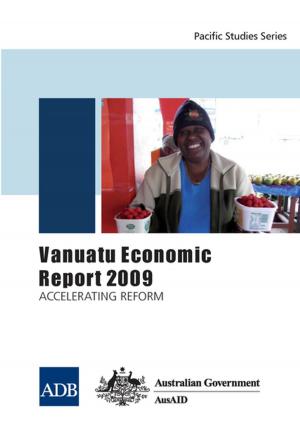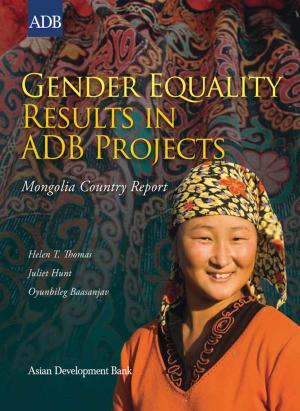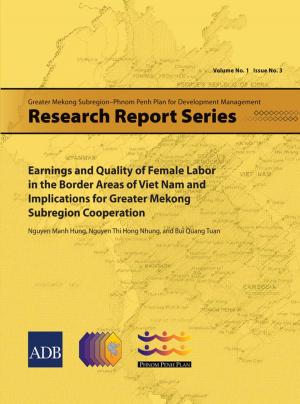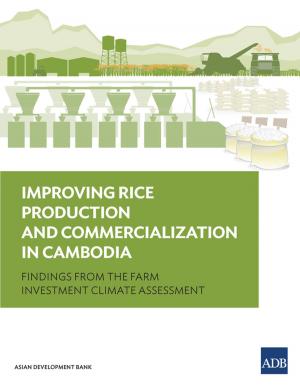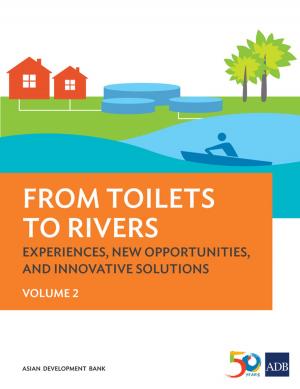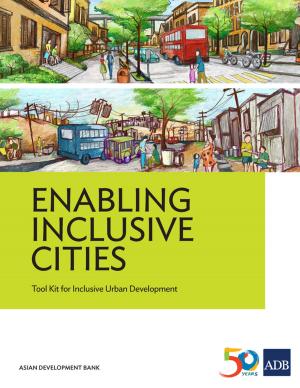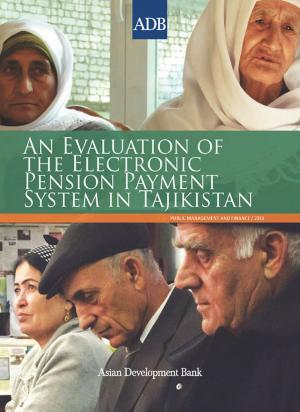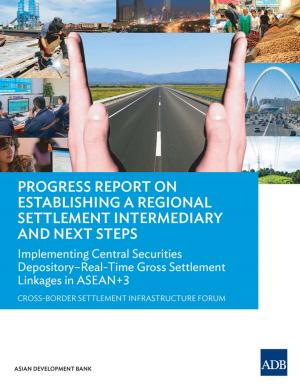Gender Equality Results Case Study
Nepal—Community-Based Water Supply and Sanitation Sector Project
Nonfiction, Science & Nature, Technology, Engineering, Environmental, Social & Cultural Studies, Social Science, Gender Studies| Author: | Asian Development Bank | ISBN: | 9789292549763 |
| Publisher: | Asian Development Bank | Publication: | June 1, 2015 |
| Imprint: | Asian Development Bank | Language: | English |
| Author: | Asian Development Bank |
| ISBN: | 9789292549763 |
| Publisher: | Asian Development Bank |
| Publication: | June 1, 2015 |
| Imprint: | Asian Development Bank |
| Language: | English |
The Community-Based Water Supply and Sanitation Sector Project aimed at expanding the coverage of improved water supply and sanitation facilities to poor and remote areas, and improving health and hygiene practices. Promoting equality between women and men and gender relations is relevant to the main aim of the project as well as to the project strategies. In this initiative, the focus was on gender equality and social inclusion, with an emphasis on inequalities among women and men, and among people from various castes and ethnic minorities. The project developed a gender, caste, and ethnicity strategy that sought to ensure the participation of women and ethnic minorities in decision-making processes, as well as their increased representation in leadership positions. It encouraged user committees led or owned by women and community-based organizations to participate in project activities for making positive changes in the lives of women and for their empowerment.
The Community-Based Water Supply and Sanitation Sector Project aimed at expanding the coverage of improved water supply and sanitation facilities to poor and remote areas, and improving health and hygiene practices. Promoting equality between women and men and gender relations is relevant to the main aim of the project as well as to the project strategies. In this initiative, the focus was on gender equality and social inclusion, with an emphasis on inequalities among women and men, and among people from various castes and ethnic minorities. The project developed a gender, caste, and ethnicity strategy that sought to ensure the participation of women and ethnic minorities in decision-making processes, as well as their increased representation in leadership positions. It encouraged user committees led or owned by women and community-based organizations to participate in project activities for making positive changes in the lives of women and for their empowerment.
